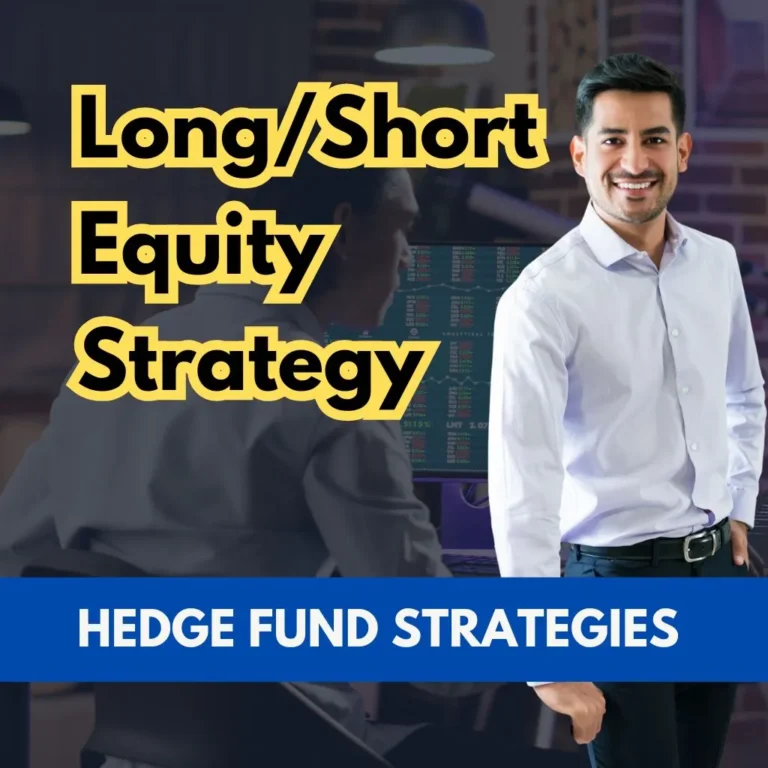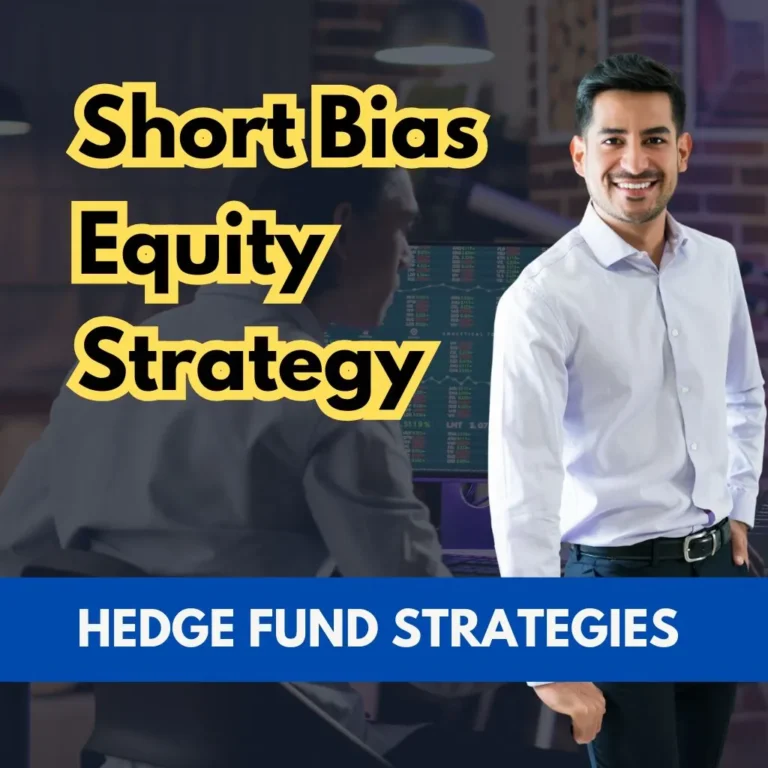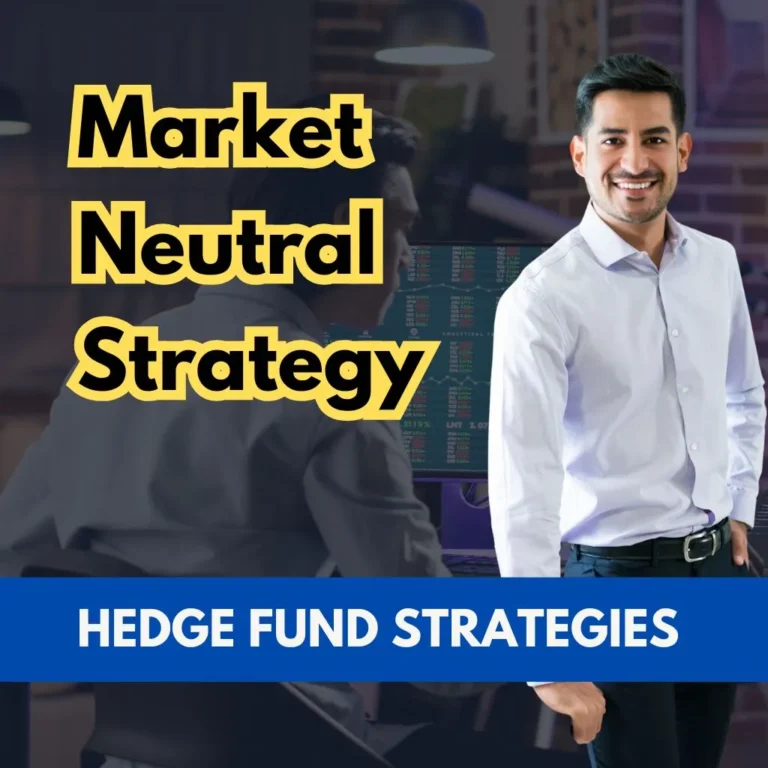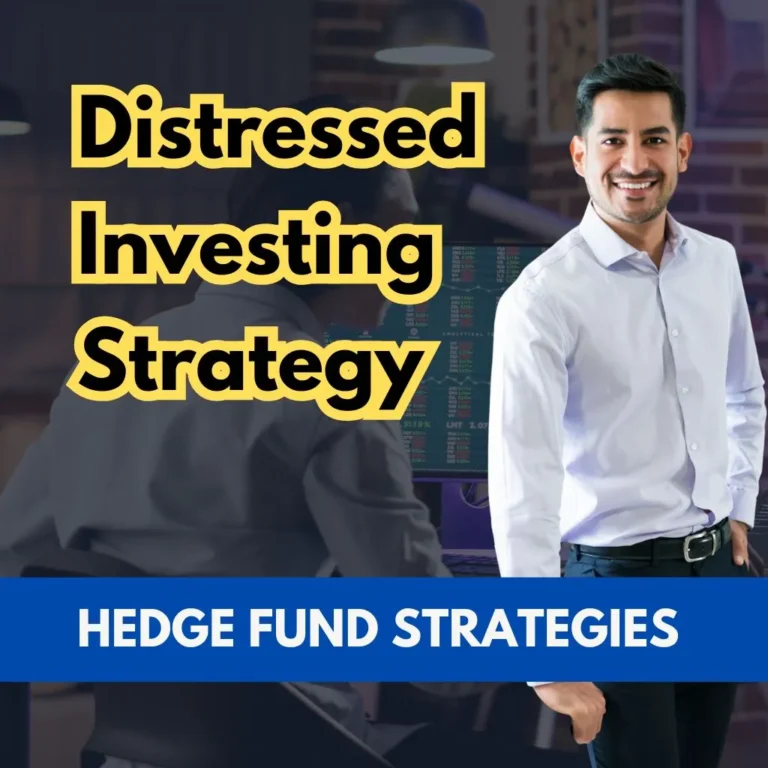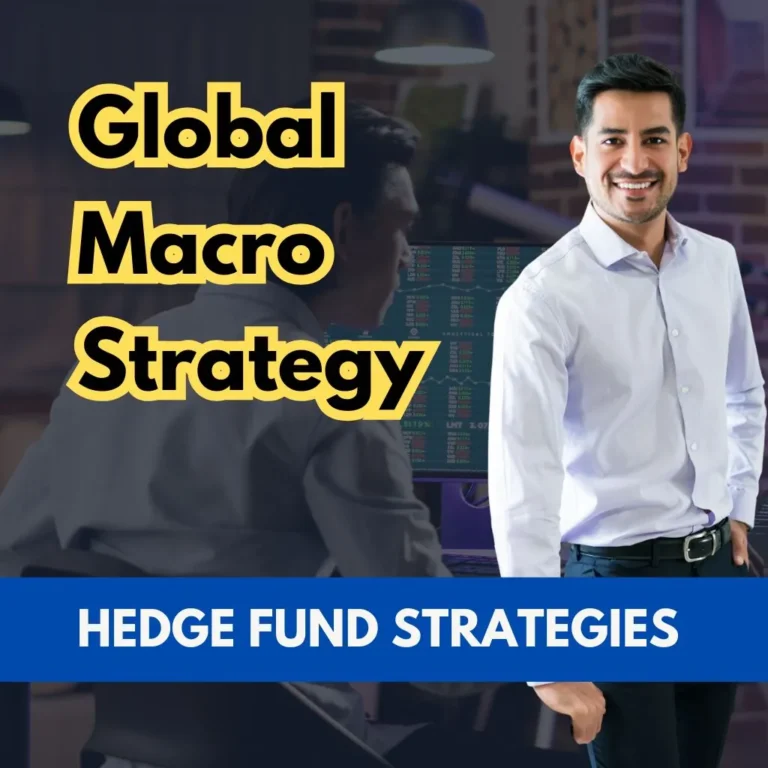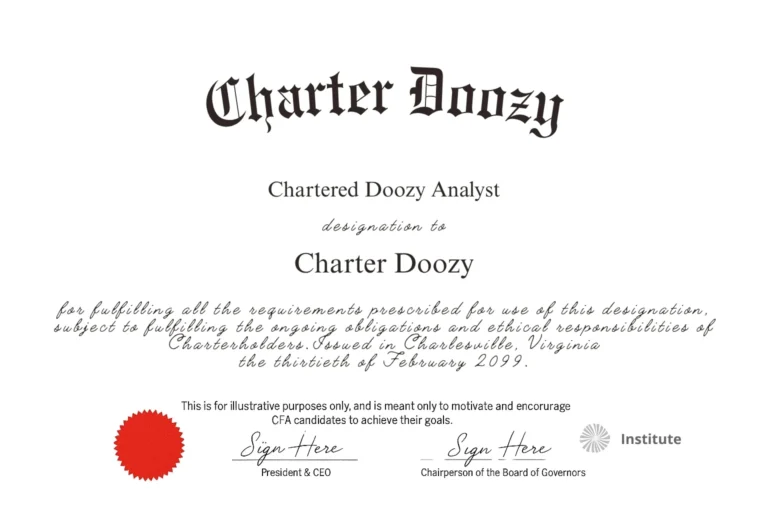The managed futures strategy stands as one of the most distinctive and systematically driven approaches within the hedge fund universe. It is widely employed by Commodity Trading Advisors (CTAs) who trade futures and forward contracts across a variety of global markets.
Unlike traditional hedge fund strategies that may rely heavily on discretionary stock picking or deep corporate events, managed futures strategies are typically rooted in quantitative models that attempt to predict and capitalize on trends.
This rules-based approach, often automated and emotionless, offers investors a unique avenue to gain exposure to momentum across asset classes such as commodities, currencies, equities, and fixed income.
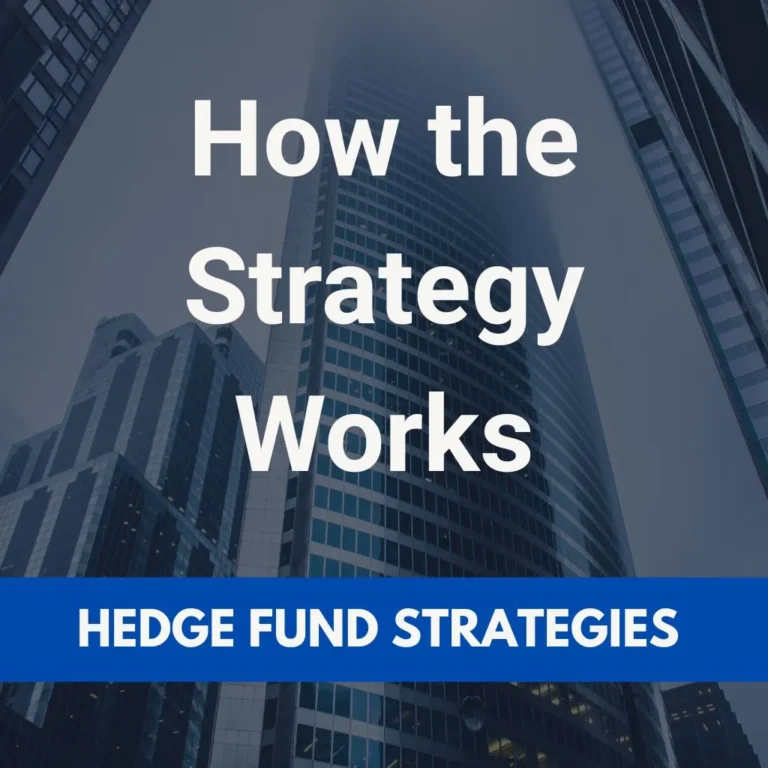
How the Strategy Works
At its core, managed futures is about exploiting persistent price trends in liquid markets. Most funds in this category use systematic models, often built on decades of historical price data, to identify when a particular market (say crude oil, gold, or the euro) is trending upward or downward.
These models generate signals that instruct the fund to take long or short positions accordingly. The beauty of the strategy is its adaptability; these models frequently incorporate volatility scaling, allowing the fund to increase or reduce position sizes depending on how turbulent markets are.
Some managers combine multiple models to balance trend-following with mean reversion or breakout signals, creating a robust trading framework that can adjust across different market regimes.
Interested in Learning About Other Hedge Fund Strategies?
Example Trades and Market Exposure
One of the strengths of managed futures lies in its broad scope.
A fund may simultaneously be long U.S. Treasury bond futures, short Japanese yen futures, long agricultural commodities, and short European equity indexes.
Each of these trades reflects a directional bet driven by trend analysis. For instance, during a sustained decline in eurozone economic confidence, a model may short the euro versus the U.S. dollar. If gold begins a bullish breakout amid rising inflation fears, a long position in gold futures might be triggered.
These trades are typically executed using highly liquid instruments, enabling rapid rebalancing and risk management on a daily basis.
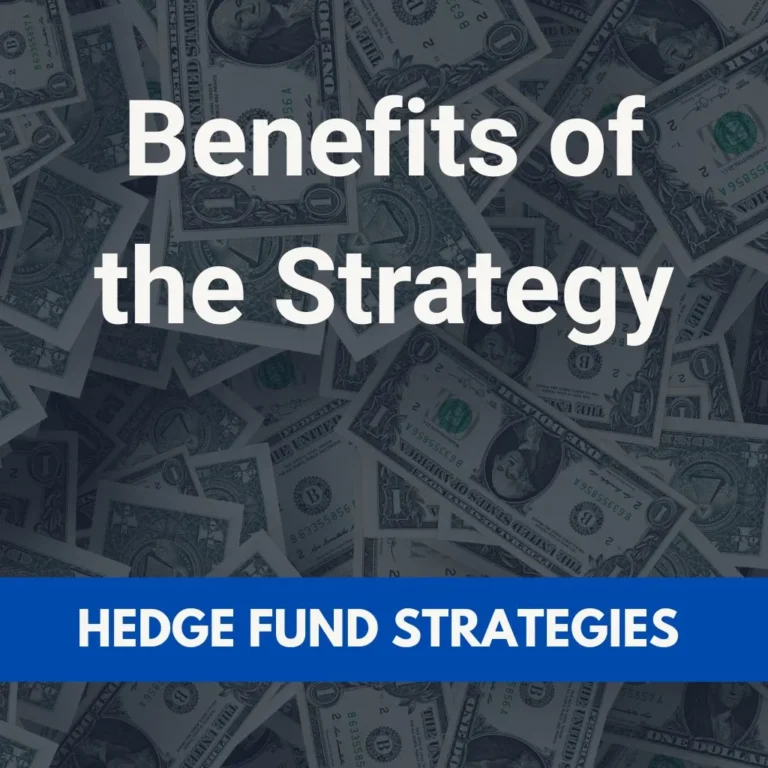
Benefits to a Diversified Portfolio
Managed futures have a reputation for being particularly effective during periods of market stress. They delivered strong returns in the wake of the 2008 global financial crisis and again during the early stages of the COVID-19 pandemic, when traditional portfolios faltered. This resilience is due to their low correlation with both equities and bonds, making them a powerful diversifier.
The systematic nature of the strategy removes emotional decision-making and can provide consistent exposure to opportunities that human managers might overlook or react to too slowly.
Furthermore, the global, cross-asset nature of the strategy gives investors a way to participate in macroeconomic shifts without concentrating risk in any single asset class.
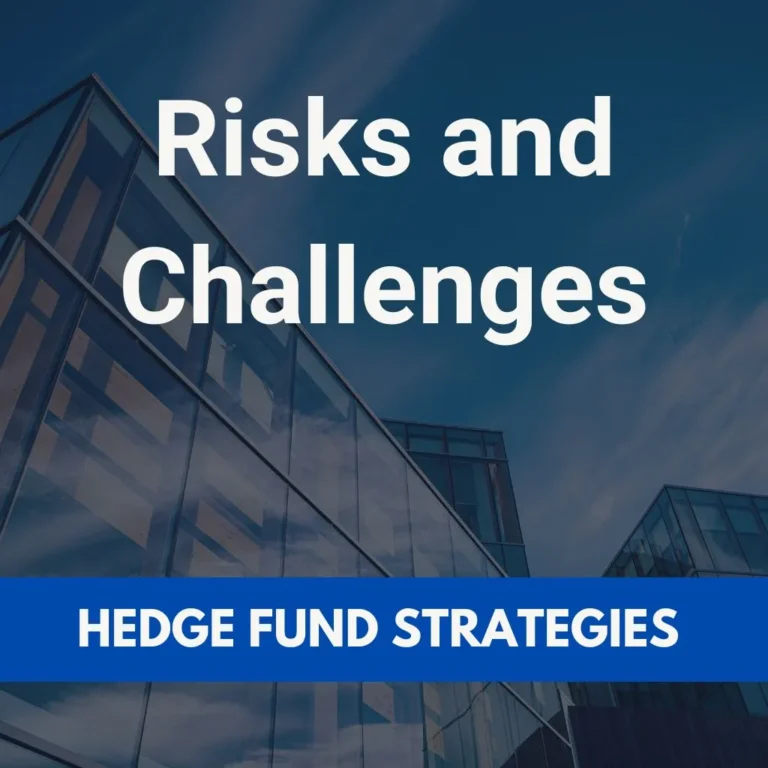
Risks and Challenges
Despite its advantages, managed futures strategies are not without risk. One of the primary challenges is model risk… the danger that the underlying quantitative models no longer align with market behavior. Trend-following systems, for example, tend to struggle in sideways or choppy markets, leading to what’s known as whipsaw losses, where the fund is repeatedly caught on the wrong side of price reversals.
Crowding is another concern, as many CTAs may run similar models and hold similar positions, creating liquidity issues when markets turn rapidly.
Finally, the frequent trading required to implement these strategies leads to higher transaction costs, which can eat into returns, especially during volatile periods when positions are constantly being adjusted.
Final Thoughts
For CFA candidates and finance professionals seeking to understand the more systematic side of hedge fund investing, managed futures offer a compelling case study.
These strategies exemplify the intersection of finance, data science, and behavioral economics. They are built to capture opportunities in trending markets and to provide diversification during times when traditional asset classes may falter.
Understanding the mechanics, benefits, and pitfalls of managed futures can offer deeper insights into how hedge funds shape modern portfolio theory in practice.
As hedge funds continue to evolve, the role of systematic strategies like managed futures will likely become even more central to the conversation about active, global, and risk-aware investing.

